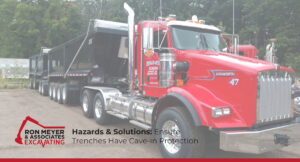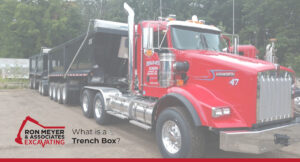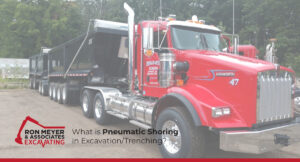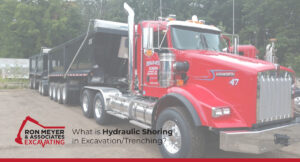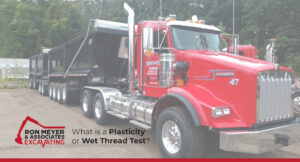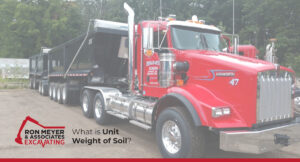What are the hazards? All excavations are hazardous because soil can be unstable. If workers are not using protective systems or equipment while working in trenches or excavations that are five feet or greater in depth, they are in danger of being crushed by a cave-in. To manage the hazards: Pre-job planning is vital to […]
Excavation & Trenching Safety
Read posts about Excavation & Trenching Safety from Ron Meyer & Associates Excavating, West Michigan excavation contractors.
What is a Trench Box?
Trench Boxes are different from shoring because, instead of shoring up or otherwise supporting the trench face, they are intended primarily to protect workers from cave-ins and similar incidents. The excavated area between the outside of the trench box and the face of the trench should be as small as possible. The space between the […]
What is Pneumatic Shoring in Excavation/Trenching?
Pneumatic Shoring works in a manner similar to hydraulic shoring. The primary difference is that pneumatic shoring uses air pressure in place of hydraulic pressure. A disadvantage to the use of pneumatic shoring is that an air compressor must be on site. For additional information, see OSHA Technical Manual (OTM) VI. Shoring Types. At Ron Meyer […]
What is Hydraulic Shoring in Excavation/Trenching?
In excavation & trenching, hydraulic shoring is a prefabricated strut and/or wale system manufactured of aluminum or steel. Hydraulic shoring provides a critical safety advantage over timber shoring because workers do not have to enter the trench to install or remove hydraulic shoring. Other advantages of most hydraulic systems are that they: All shoring should […]
What is a Plasticity or Wet Thread Test?
In excavation & trenching, a plasticity or wet thread test is conducted by molding a moist sample of the soil into a ball and attempting to roll it into a thin thread approximately 1/8 inch (3 mm) in diameter (thick) by 2 inches (50 mm) in length. The soil sample is held by one end. […]
What is Unit Weight of Soil?
The Unit Weight of Soil refers to the weight of one unit of a particular soil. The weight of soil varies with type and moisture content. One cubic foot of soil can weigh from 110 pounds to 140 pounds or more, and one cubic meter (35.3 cubic feet) of soil can weigh more than 3,000 […]
- « Previous Page
- 1
- 2
- 3
- 4
- 5
- …
- 15
- Next Page »
